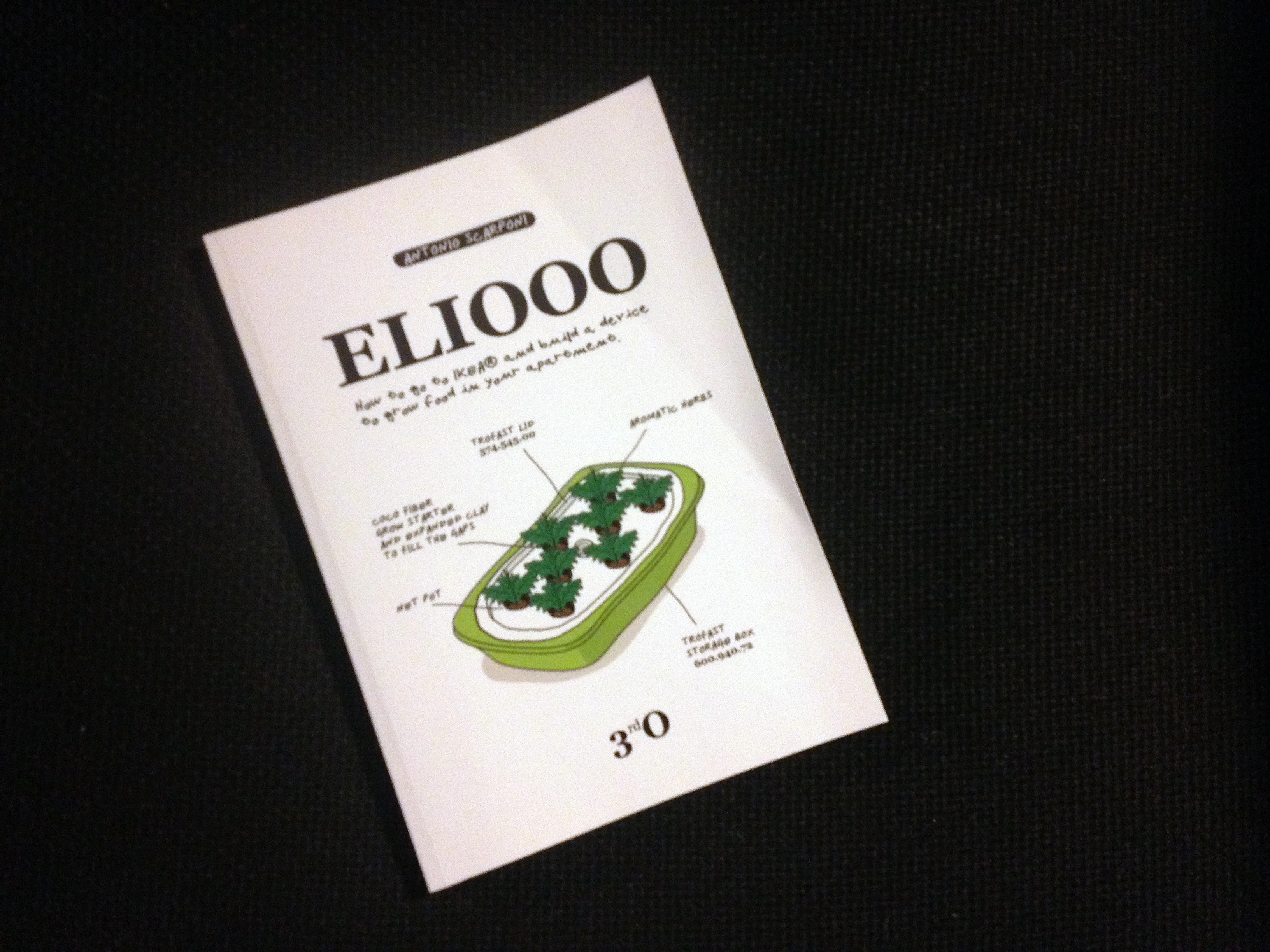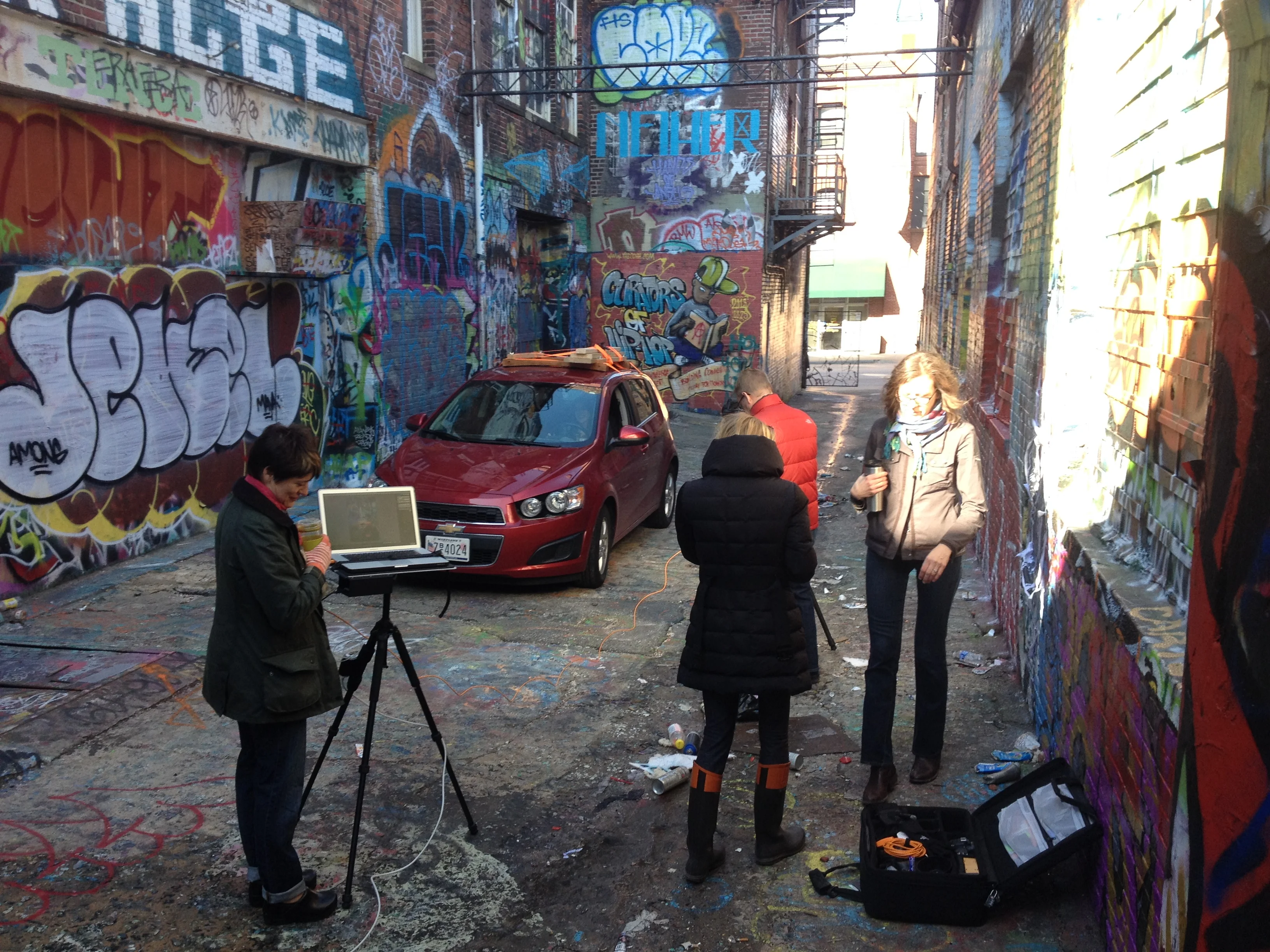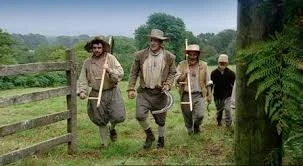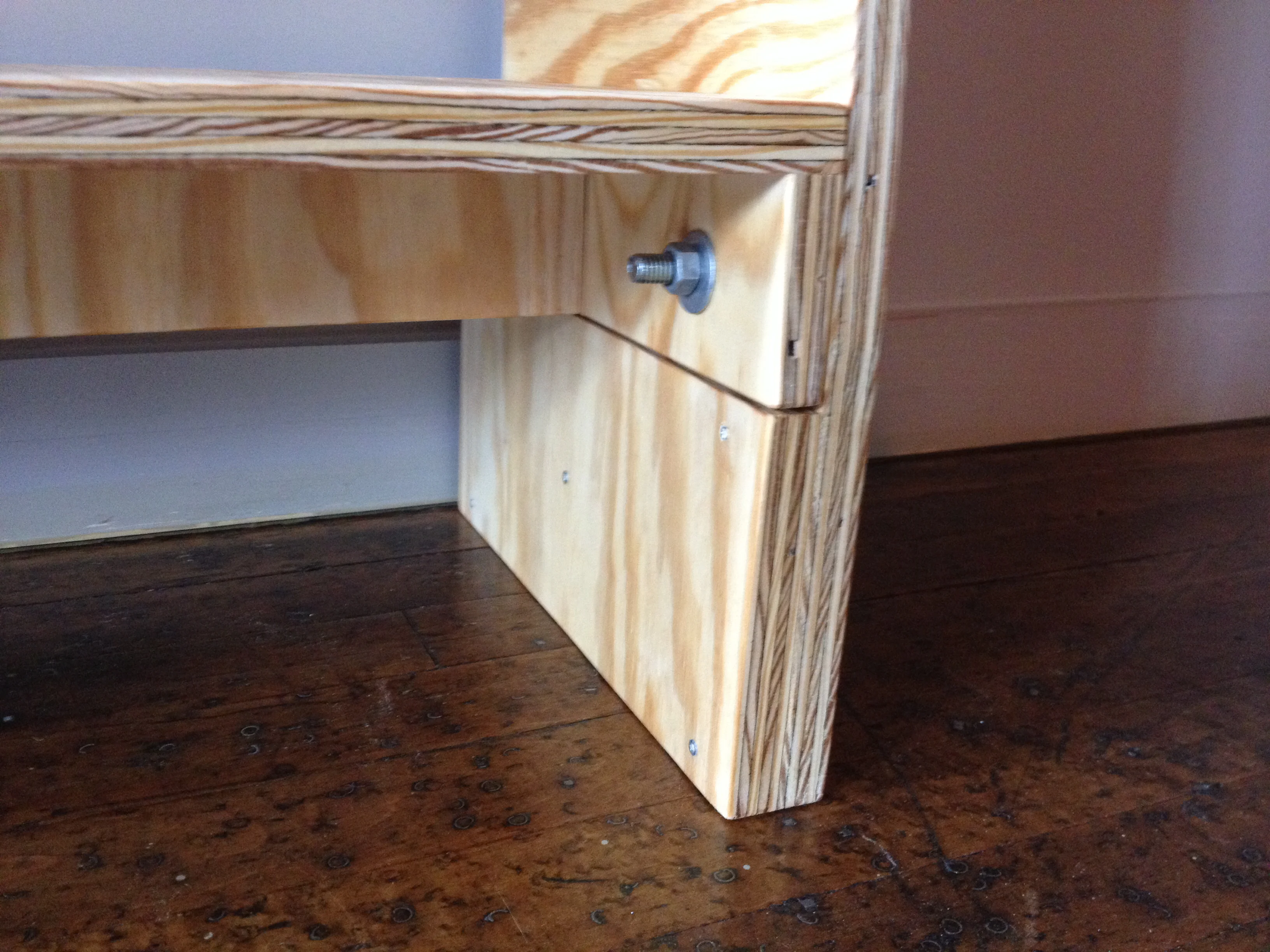LeVar Burton, of Roots and Star Trek: Voyager fame, recently launched a Kickstarter campaign to to get his kid's show, Reading Rainbow, back on the air. It blew through its funding goal, hitting $1 million in pledges on the first day. One of the rewards available for crowdfunding backers is a free subscription to the new Reading Rainbow app, of course -- the way the kids read these days. It's also, not coincidentally, a business model, sold to classrooms on a subscription model to generate a potentially evergreen revenue source.
I've been absent from this blog for a few weeks because of another app, called Medium. Founded by the guys from Twitter, Medium is a long-form "content creation platform" with a "social dimension." It's a blog, connected to your Twitter account, that allows you to both write pieces and follow writers or topics you like to read. I put up two articles, similar to this blog, that present a case study of my Zip Tie Lounge Chair (Pt. 1, Pt. 2).
Read More


















